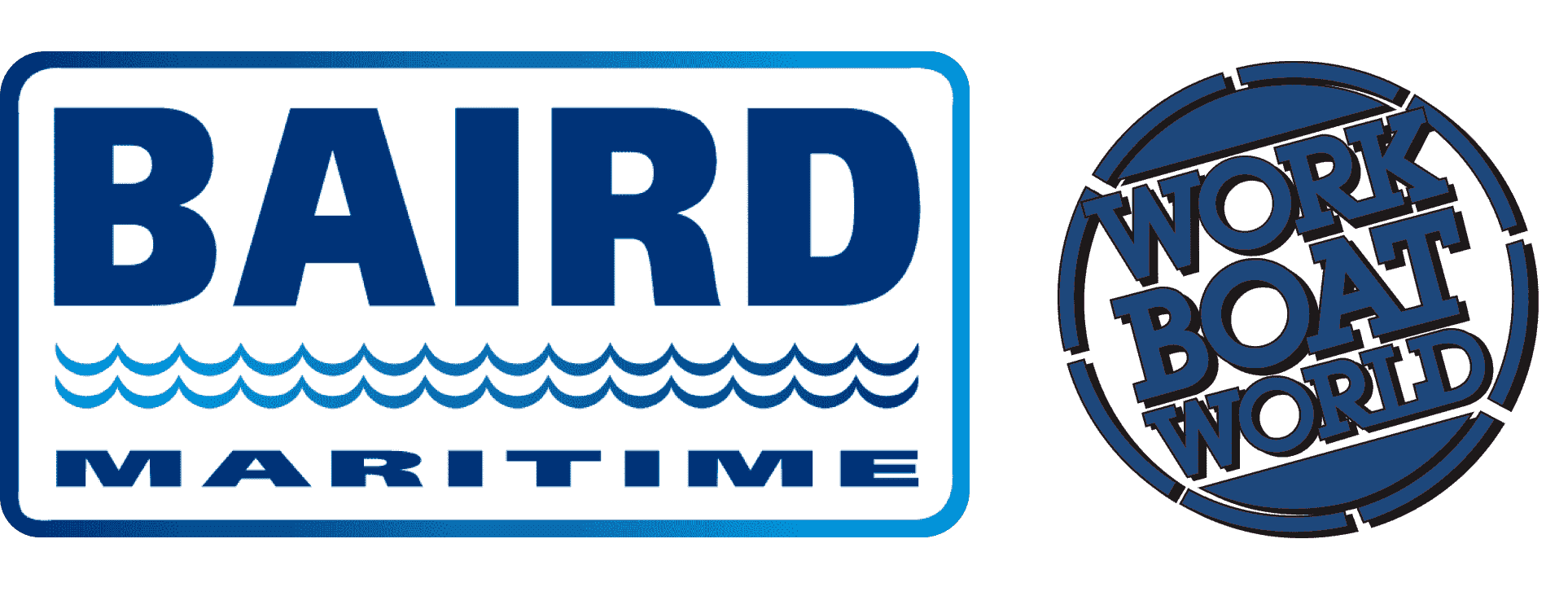VESSEL REVIEW | Guoneng Changjiang 01 – Hybrid methanol-electric bulk carrier for Chinese inland waters
Chinese shipowner Guoneng Ocean Shipping (Wuhan) has taken delivery of a new bulk carrier optimised for inland waterways. Guoneng Changjiang 01 (国能长江01; “National Energy Yangtze River 01”) was built by Hubei Hechuang Heavy Industry and designed by the Wuhan Yangtze River Ship Design Institute in compliance with China Classification Society (CCS) requirements, including those covering intelligent ships and green ships.
Intelligent monitoring technology for improved efficiency
The ship has a length of 130 metres (430 feet), a beam of 16.26 metres (53.35 feet), a depth of 7.98 metres (26.2 feet), and a total cargo capacity of 10,850 tonnes. The propulsion system includes a 600kW generator that can run on either methanol or diesel, two 500kWh lithium batteries (with low-voltage shore charging capability), and two 1,000kW motors. This configuration propels the ship to a service speed of just over 10.5 knots.
The vessel is fitted with an intelligent energy efficiency management system that can perform online intelligent monitoring of energy efficiency, speed optimisation, and identifying optimal stowage of cargo to help maintain stability. Another intelligent system will be used for status monitoring, structural assessment, and fault diagnosis.
CCS said Guoneng Changjiang 01 is also China’s first 10,000-tonne inland bulk carrier to integrate methanol dual-fuel and electric propulsion systems. It adopts the standard design for commercial ships operating in the Sichuan River and the Three Gorges Reservoir.
The design is also adaptable to the range of seasonal operating conditions in the Yangtze River, even when the water level changes drastically. This is made possible while ensuring a 26 per cent reduction in fuel consumption and an 11 per cent reduction in carbon emissions compared to conventionally-powered ships of similar size.

.jpeg?w=480&auto=format%2Ccompress&fit=max)
